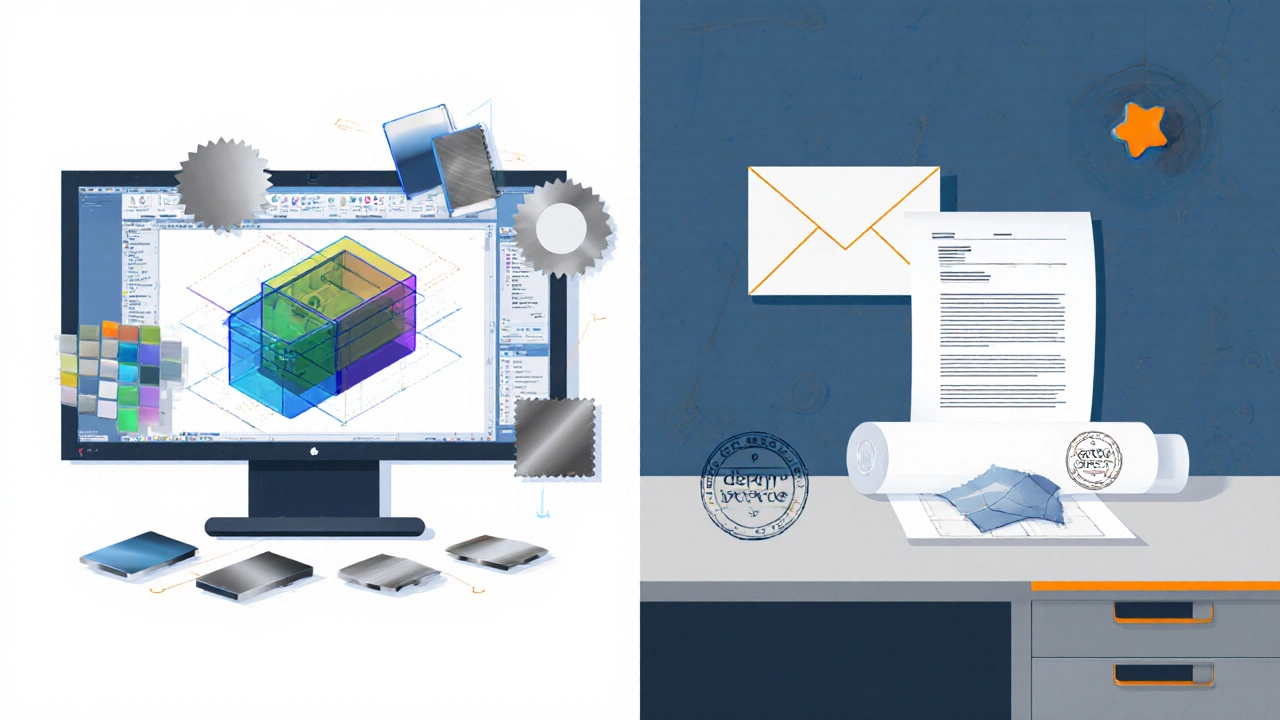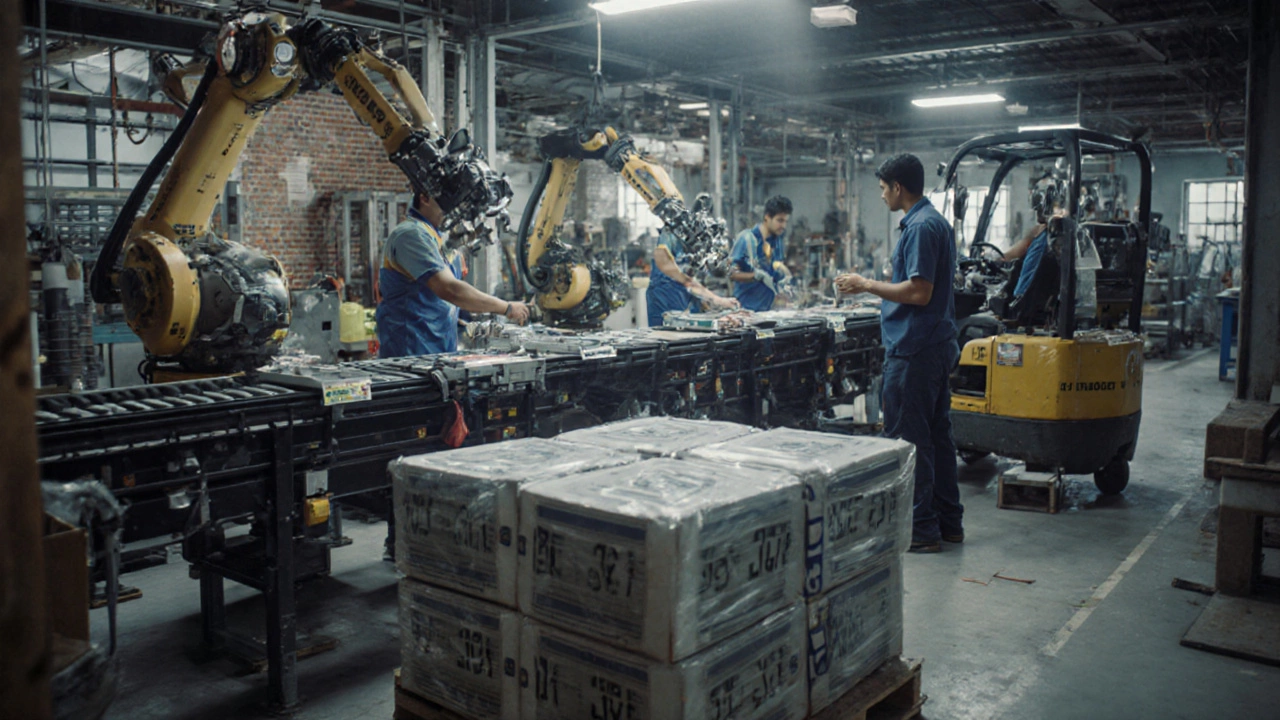Manufacturing Journey Planner
Track your progress through the 8 key steps of bringing your idea to market:
Validate Your Idea
Check market demand with potential customers, competitor research, and a smoke test.
Design for Manufacture
Create clear specifications that factories can build easily.
Protect Your Innovation
Secure intellectual property rights before showing designs to suppliers.
Map Out Costs
Budget for tooling, unit costs, and non-manufacturing expenses.
Choose Production Route
Decide between in-house or contract manufacturing options.
Build Supply Chain
Establish reliable suppliers and meet regulatory requirements.
Run Pilot & Iterate
Test with a small batch, collect data, and make improvements.
Maintain Quality
Implement continuous improvement and quality control systems.
Your Manufacturing Journey Progress
Key Takeaways
- Validate the market need before you spend on tooling.
- Turn the concept into clear design specifications that suit mass production.
- Protect your invention with the right IP strategy early on.
- Choose the right production route - in‑house, contract, or low‑volume pilot.
- Set up a lean supply chain and quality system before the first full‑scale run.
Got a brilliant idea and wonder how it actually becomes a product sitting on a shelf? The journey from sketch to factory floor feels like a maze, but you don’t need a PhD in engineering to navigate it. This guide walks you through the exact steps you need to turn any concept into a manufacturable product, whether you’re a solo inventor in Birmingham or a small team ready to launch a startup.
Product Manufacturing Process is the series of activities that convert a validated idea into a finished, market‑ready item. Understanding each stage helps you avoid costly dead‑ends and keeps momentum flowing.
1. Validate the Idea Before Anything Gets Built
The first thing many hopeful makers skip is market validation. You could spend thousands on a prototype that nobody wants. Start with three quick checks:
- Talk to at least ten potential customers. Ask what problem they face, how they solve it today, and whether they’d pay for a better solution.
- Research existing products. List their price points, features, and customer reviews. Identify gaps you can fill.
- Run a low‑cost ‘smoke test’ - a landing page, a video demo, or a social media ad. Measure click‑through rates and pre‑orders to gauge real interest.
When these signals line up, you have a validated idea worth moving forward.

2. Translate the Concept into Design for Manufacture
Now that the market says ‘yes’, it’s time to turn the sketch into a set of specifications that a factory can actually build. This stage is called Design for Manufacture (DFM). It focuses on three things:
- Material choice - pick materials that meet performance needs but are readily available and cost‑effective.
- Part geometry - simplify shapes to reduce machining time and waste.
- Assembly method - decide whether parts will be snap‑fit, welded, or screwed together.
If you’re not a CAD expert, partner with a freelance designer or a local university engineering department. A clear DFM package (drawings, bill of materials, tolerances) becomes your passport for the next steps.
3. Protect Your Innovation Early
Before you show any design to a supplier, think about Intellectual Property. The three common routes are:
- Provisional patent - gives you 12months to file a full patent while you test the market.
- Design registration - protects the appearance of a product, useful for consumer goods.
- Trademark - secures the brand name or logo that will sit on the packaging.
In the UK, filing a provisional patent costs around £150 and buys you time. Many inventors file this first, then decide whether a full patent is worth the £3,000‑£5,000 investment based on early sales.
4. Map Out Costs and Secure Funding
With a validated idea, a DFM package, and basic IP in place, you can start budgeting. Break costs into three buckets:
- Tooling & molds - the biggest upfront hit for metal or injection‑molded parts. Expect £5,000‑£30,000 depending on volume.
- Run‑cost per unit - includes material, labor, and factory overhead. Run a quick calculation: (material cost+labor+factory margin) × quantity.
- Non‑manufacturing expenses - marketing, shipping, insurance, and contingency (10‑15% of total).
If the total exceeds your personal savings, explore these funding sources:
- UK Innovation Grants - such as the Smart Grants scheme, which can cover up to 50% of R&D costs.
- Angel investors - look for networks like UK Business Angels Association that focus on manufacturing startups.
- Crowdfunding - a well‑crafted prototype video can raise both cash and market validation.

5. Choose the Right Production Route
At this point you have two main paths: build the product yourself or outsource.
| Aspect | In‑House Manufacturing | Contract Manufacturing (CM) |
|---|---|---|
| Up‑front Capital | High - equipment, space, staff | Low - pay per unit or per batch |
| Control over Quality | Maximum - you set standards | Good - depends on CM’s certification |
| Scalability | Slower - need to invest as demand grows | Fast - CM can ramp up quickly |
| Flexibility for Design Changes | High - you can tweak on the fly | Medium - re‑tooling may cost extra |
| Risk | High - capital tied up in equipment | Lower - pay‑as‑you‑go model |
For most first‑time makers, starting with a contract manufacturer (CM) for a low‑volume pilot run is the safest bet. It lets you test real‑world performance without locking up huge capital.
6. Build a Lean Supply Chain and Meet Regulations
A reliable supply chain is the backbone of any manufacturing operation. Follow these steps:
- Identify at least two qualified suppliers for each critical component - this creates redundancy.
- Negotiate terms that include lead‑time guarantees and quality audits.
- Implement a simple inventory system (even a spreadsheet) to track batches, expiry dates, and lot numbers.
Regulatory compliance varies by industry. If you’re making a consumer electronics device, you’ll need CE marking in the EU. For food‑related products, the UK Food Standards Agency requires HACCP certification. Early engagement with a compliance consultant saves headaches later.

7. Run a Pilot, Collect Data, Then Scale
The first production batch is not the final product - it’s a learning opportunity. Treat it like a scientific experiment:
- Set clear success metrics - defect rate below 2%, weight within tolerance, customer satisfaction score above 8/10.
- Gather feedback from beta users and from the factory floor (e.g., ease of assembly).
- Iterate the design or the process based on the data. Small tweaks often cut cost by 10‑15%.
Once the pilot meets your targets, you can place a larger order, secure distribution channels, and start marketing at scale.
8. Keep an Eye on Quality and Continuous Improvement
Even after you’ve scaled, ongoing quality control is non‑negotiable. Implement a basic Quality Control system:
- Randomly inspect 1% of each shipment.
- Track defects in a simple log and analyze trends weekly.
- Hold quarterly reviews with your supplier to discuss improvement ideas.
Adopting lean principles-such as Kaizen (continuous improvement) and 5S (workplace organization)-keeps costs down and customer satisfaction high.
By following these eight steps, you move from a spark of imagination to a tangible product rolling off a production line. The path isn’t magic; it’s a series of practical decisions, each backed by data and a clear plan.
Frequently Asked Questions
Do I need a full patent before I start manufacturing?
A provisional patent is often enough. It protects your filing date while you test the market. You can file a full patent later if sales justify the cost.
What volume is considered ‘low‑volume’ for a pilot run?
Typically 100-500 units, depending on the product’s complexity and the cost of tooling. This range provides enough data without massive expense.
Can I source components from overseas for a UK‑based product?
Yes, but factor in customs duties, import lead times, and quality audits. A hybrid approach-key components local, non‑critical parts overseas-often balances cost and reliability.
How much should I budget for a first production run?
A rough rule is: tooling 30‑40% of total budget, unit cost 40‑50%, and the remaining 10‑20% for marketing, shipping, and contingency. For a modest product, expect £20,000‑£50,000 total.
What are the biggest pitfalls for first‑time manufacturers?
Skipping market validation, underestimating tooling costs, ignoring IP early, and not setting up a robust quality system. Each of these can derail a project before it reaches the market.
